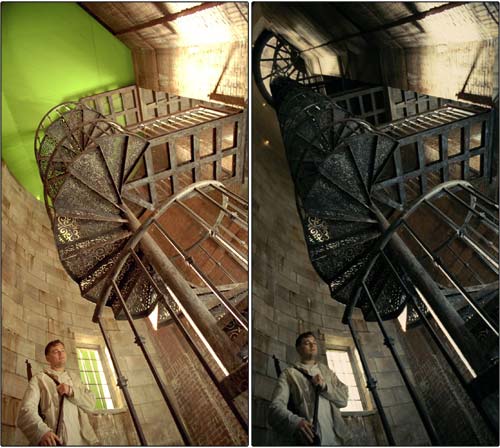
Tickets will be available starting March 10th.
#Jumpcut cafe free
When I was growing up, you never would have thought a crossover like that could happen. It’s now the same thing with horror.The second annual CineMayhem returns with a free retro indie-horror line-up March 28th - 30th, 2014. Look at superhero films: the explosion of that genre was because, for the most part, the movies were well-made, and they were fun. In the last decade, horror films have become so much more accepted by the mainstream viewing audience. I think it started around the time Insidious was released…and it’s not just because I’m in it! The script was original, the direction was expertly moody, and the actors were terrific (except for that one incompetent doctor guy…). There’s been such a change during the last ten years in how horror films are perceived. As stigmas around genre film continue to erode, welcoming new creators and fans, how do you see the horror community changing from an anti-mainstream label to something more accessible? Many of the creators you interview cite tensions between family members, racial profiling, and general ostracization as a “rite of passage” into the horror community. The Horror Crowd: New Horizons and AccessibilityĬha Cha Real Smooth at SXSW: Red Carpet InterviewĪ major focus of The Horror Crowd is the stigma of being a horror creator. Ruben Pla and Russell Mulcahy in The Horror Crowd (Courtesy of FrightFest) Of course, films in theaters will always be around, especially big studio productions, but, for the independent filmmaker, the new horizon will have plenty of opportunities. There was already a high demand for new content during the recent, and current, lockdowns, but I think even more will be available in the future.

As places like the Jumpcut Café have closed doors, and the COVID pandemic has massively altered film distribution/communities, what new pathways and opportunities do you see unveiling themselves during this unprecedented restructuring?Ī lot more online opportunities will present themselves, for sure.


Within The Horror Crowd, you mention the very curated and interconnected community at the heart of the horror genre. I have several narrative scripts I’ve written that are ready to go, so if the opportunity to direct a narrative feature presents itself, I’m all set to dive into that. I started asking if they wanted to be in the film and they all did, so it just snowballed from there. While traveling, the idea came to me to interview the people in the circles I was traveling in. That’s an interesting question! I guess I could have gone with a narrative film for my first feature. Why did you choose to create a documentary for your first feature length project? You have directed two short films previously ( Head & The Kill). The way the pandemic has affected the film is that it will, for now, be viewed virtually and not in a theater with a live audience, but we’re hoping that will change soon. Since the situation in the world we live in has been drastically altered, I’ve been submitting and pitching the film to festivals entirely online.

The current pandemic didn’t affect the making of The Horror Crowd, as it was completed before the virus hit. As a first-time director, editor, and producer of a feature length production, what were the most notable challenges you faced in both getting the project off the ground and completing it, in light of current world affairs?


 0 kommentar(er)
0 kommentar(er)
